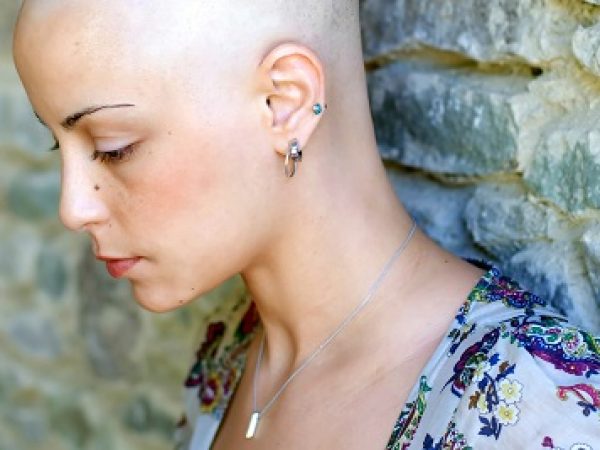Mycosis Fungoides and the Sezary Syndrome

Mycosis fungoides and Sézary syndrome are diseases in which a type of white blood cell called lymphocytes becomes cancerous and affects the skin. Mycosis fungoides and Sézary syndrome are both types of cutaneous T-cell lymphoma, a form of non-Hodgkin lymphoma.
Normally, the bone marrow makes blood stem cells that mature over time. A blood stem cell may become a myeloid stem cell or a lymphoid stem cell. A myeloid stem cell becomes a red blood cell, white blood cell, or platelet. A lymphoid stem cell becomes a lymphoblast and then one of three types of lymphocytes: B-cell lymphocytes, T-cell lymphocytes, and natural killer cells.
In mycosis fungoides, some of these T-cell lymphocytes may become cancerous and cause skin all over the body to become red, itchy, peeling, and painful. Parts of the skin may also have patches, plaques, or tumors. It is unknown whether Sézary syndrome, which in addition to affecting the skin results in large numbers cancerous lymphocytes appearing in the blood, is an advanced form of mycosis fungoides or a separate disease.
Get more information about other types of skin cancer, melanoma, Kaposi sarcoma, and non-Hodgkin lymphoma.
Mycosis Fungoides (Including Sezary Syndrome) Treatment (PDQ®)Source: National Cancer Institute



